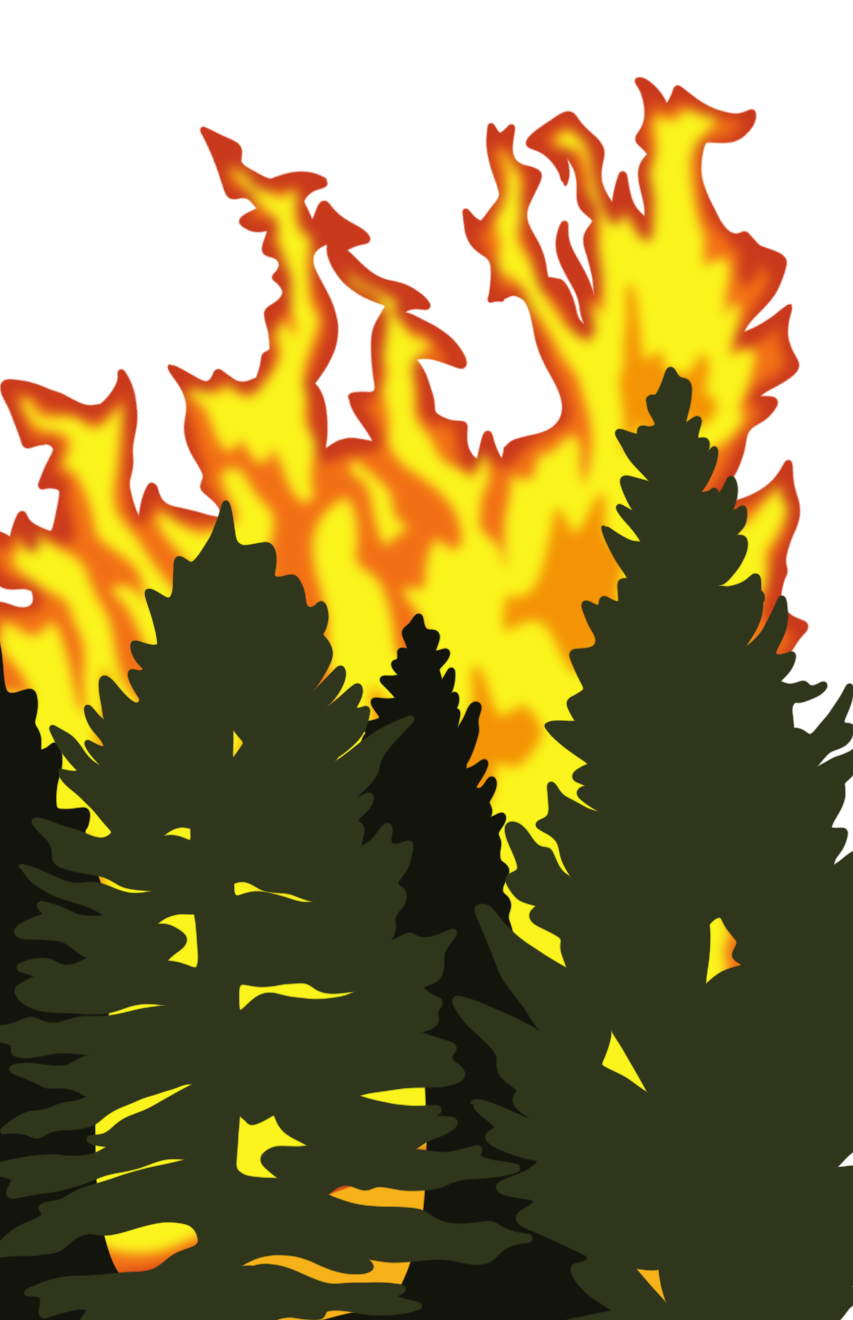
Hot summer days full of wildfire smoke may still be months away, but their absence should not let us forget. I can picture it now: a fire getting sparked up in Northern California, engulfing forests and towns alike. Despite thousands of personnel, and a large amount of engines and aircraft, human measures will not be able to stop the inevitable spread. While this may sound bleak, it is the sad reality we live in today.
Wildfires have become much worse in the past three decades, and the past five years are an even clearer testament to that. However, we do not have to search too far back in history to see a time when fires of this size or ferocity were not nearly as common. Thus, in order to protect ourselves from high-intensity fires, we need to restore natural fire regimes to the western forests.
This idea is not exactly new. In fact, fires have been used by humanity for quite some time to cultivate the world around us. Indigenous tribes across North America and, most notably, Australia utilized fire as a tool to promote the growth of certain plants for food and medicine, create forests passages and to promote game for hunting. Beyond just humanity, fire has also been a part of life for millennia: Without death, new life cannot grow. If we look to eastern Washington and Oregon, low-temperature burns were frequent, and because of that frequency, the forests came to depend on them.
Fire has a number of significant benefits. It removes excess fuels (dead wood and plant matter) from the forest floor, reinjects vital nutrients into the soil and removes invasive species and for some trees, such as the tall, lanky Lodgepole pine. They are intrinsic to signaling for their serotinous pine cones to open and spread new seeds. However, what happens if we remove fire from a fire-dependent ecosystem?
Nothing good. Dead debris that serves as fire fuel build up on the forest floor. If there is too much fuel to be consumed, the fires get significantly hotter. When a fire gets hotter, the situation starts to get dicey: The fire-resistant bark of trees cannot withstand the heat and trees die, root systems are cooked beneath the ground and nutrients are destroyed. Fire can also creep up through the branches and into the canopy of the forest, where it will annihilate any chance the tree, and many times the entire forest, had at recovering or even surviving.
In many ways, the policies of the United States Forest Service, logging barons and state governments at the turn of the 20th century led us to where we are now. When profit became the priority for forests, fire was villainized as the antithesis of economic growth. The infamous Devil’s Broom fire of 1910 in northern Idaho and western Montana frightened America. These attitudes led to a century of anti-fire policy which has thrown the fire-dependent ecosystems into disarray. Although prescribed and low-temperature burns never truly went away, their presence was diminished significantly. Now, I am not bashing on fire-prevention methods, like Smokey the Bear. As stated by the Congressional Research Service from 2016 to 2020, 88% of forest fires in America were caused by humans, and we need to solve that problem as soon as possible. That being said, the only way to prevent a charred future is by embracing, not rejecting, fires. Blanket statements which villainize entire systems are not a solution.
At this point in time, I doubt that prescribed burns could fix all the problems we have caused. 100 years is a long time to let a crisis fester. It may, however, give us a fighting chance to protect forests across the American west and even repair some damage that has already been done to afflicted regions. In the face of worsening droughts, longer summers and more severe heat waves, we do not have the luxury of ignoring solutions. Many Lewis & Clark students are from regions with forest fires, and may be on the front line of coming fire seasons. By becoming better informed about possible solutions to these problems, we will have a better chance at affecting change on both the forests and our institutions.
Subscribe to the Mossy Log Newsletter
Stay up to date with the goings-on at Lewis & Clark! Get the top stories or your favorite section delivered to your inbox whenever we release a new issue.

Leave a Reply